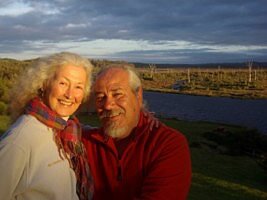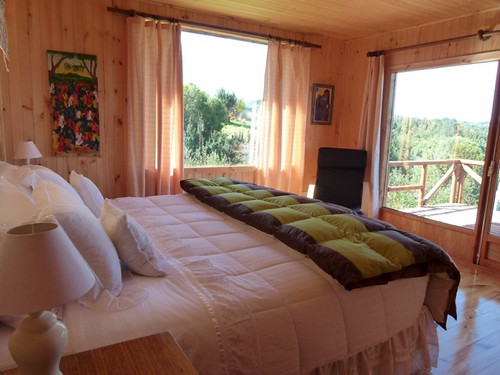
Staying at a sustainable hotel is a great way to minimize the impact of your vacation – but what about when you leave your hotel? The businesses you support, attractions you see, transportation you use, and virtually everything else you do will all have some effect on the environment and local community. The only way to be sure of your impact would be if the entire destination was sustainable. Sound impossible? Thanks to the work of the Global Sustainable Tourism Council (GSTC), sustainable destinations are now on the horizon.
 The GSTC created the Global Sustainable Tourism Criteria, which are a set of widely used standards that hotels and tour operators must reach in order to be considered sustainable. More recently, in addition to targeting individual tourism businesses, the GSTC has turned their attention to creating a set of criteria that encompass destinations as a whole.
The GSTC created the Global Sustainable Tourism Criteria, which are a set of widely used standards that hotels and tour operators must reach in order to be considered sustainable. More recently, in addition to targeting individual tourism businesses, the GSTC has turned their attention to creating a set of criteria that encompass destinations as a whole.
According to the GSTC website, "Destination stewardship is a process by which local communities, governmental agencies, NGOs, and the tourism industry take a multi-stakeholder approach to maintaining the cultural, environmental, economic, and aesthetic integrity of their country, region, or town." In other words, destinations are best protected when all of these groups – private citizens, government, and businesses – work together in a coordinated effort to protect their home. All destinations are different, so the criteria are meant to be a set of minimum standards that each destination should add to or adjust based on its unique needs. The goal of the criteria is to maximize social, economic, and environmental benefits for host communities.
Overseeing this process will be a "tourism management organization," or a group responsible for a coordinated approach to implementing sustainability. This will mostly likely be formed by a government agency and/or non-profit organization. This group would be responsible for establishing and implementing an overarching sustainable tourism strategy that considers environmental, economic, social, health, and safety issues, and was developed with public participation. Climate change adaptation, equal access for people with disabilities, and prevention of sexual exploitation are some key aspects of the destinations criteria.
 Last year, the GSTC released a set of draft criteria for sustainable destinations based on input from experts around the globe. All interested persons and organizations were able to comment and suggest improvements during the public consultation phase, which ended last month.
Last year, the GSTC released a set of draft criteria for sustainable destinations based on input from experts around the globe. All interested persons and organizations were able to comment and suggest improvements during the public consultation phase, which ended last month.
Now, some early adopters have been selected to test and provide feedback on the destinations criteria. Most recently added were the Cusco-Sacred Valley-Machu Picchu corridor in Peru and the shores of Lake Llanquihue, Puerto Varas, and Frutillar in the lakes region of Chile. These destinations were specifically chosen because of their demonstrated interest and commitment to sustainable practices. But it is the GSTC's hope (and ours!) that this is the next step toward a world in which sustainable tourism--and sustainable destinations--are the norm.









